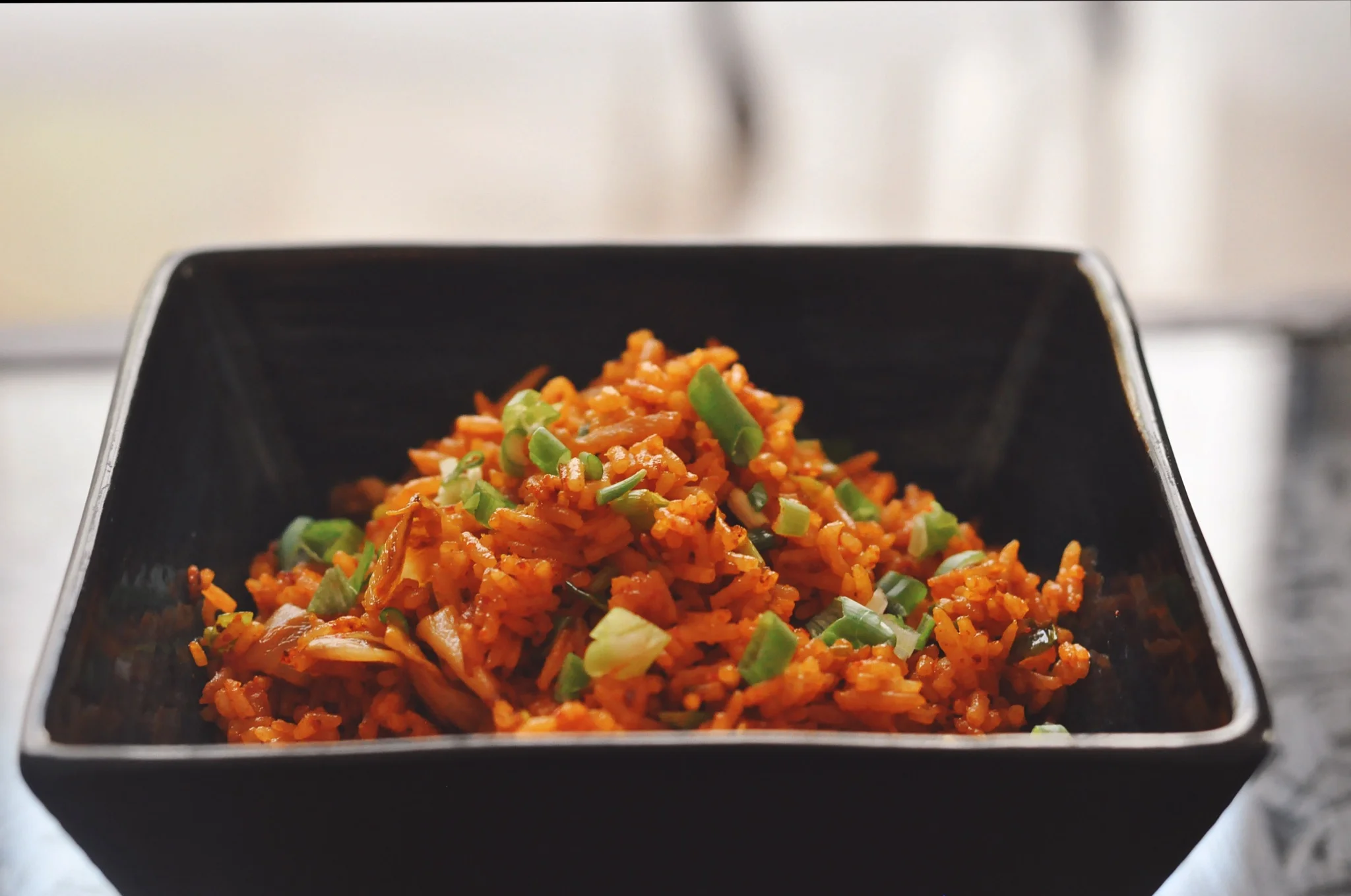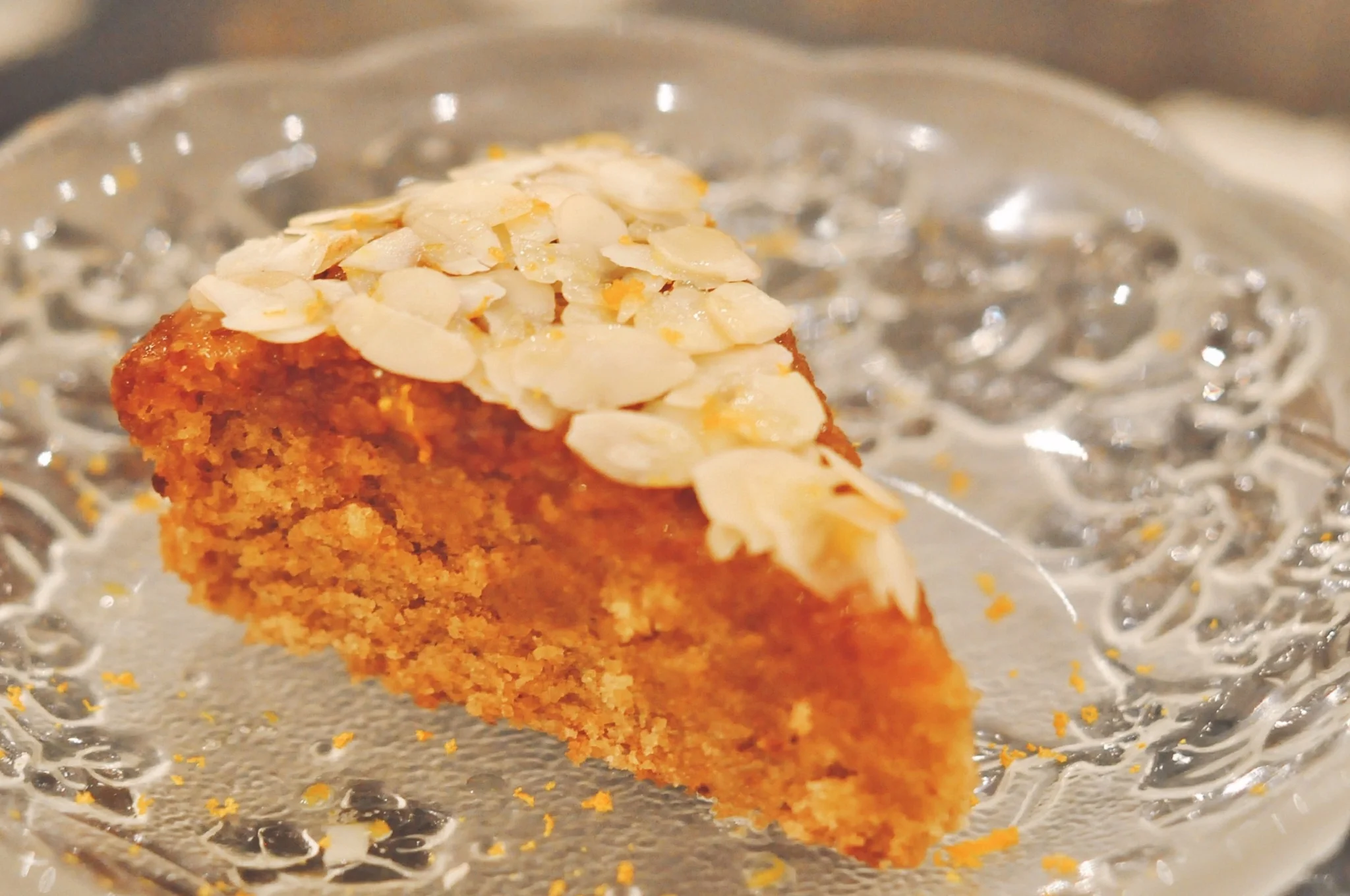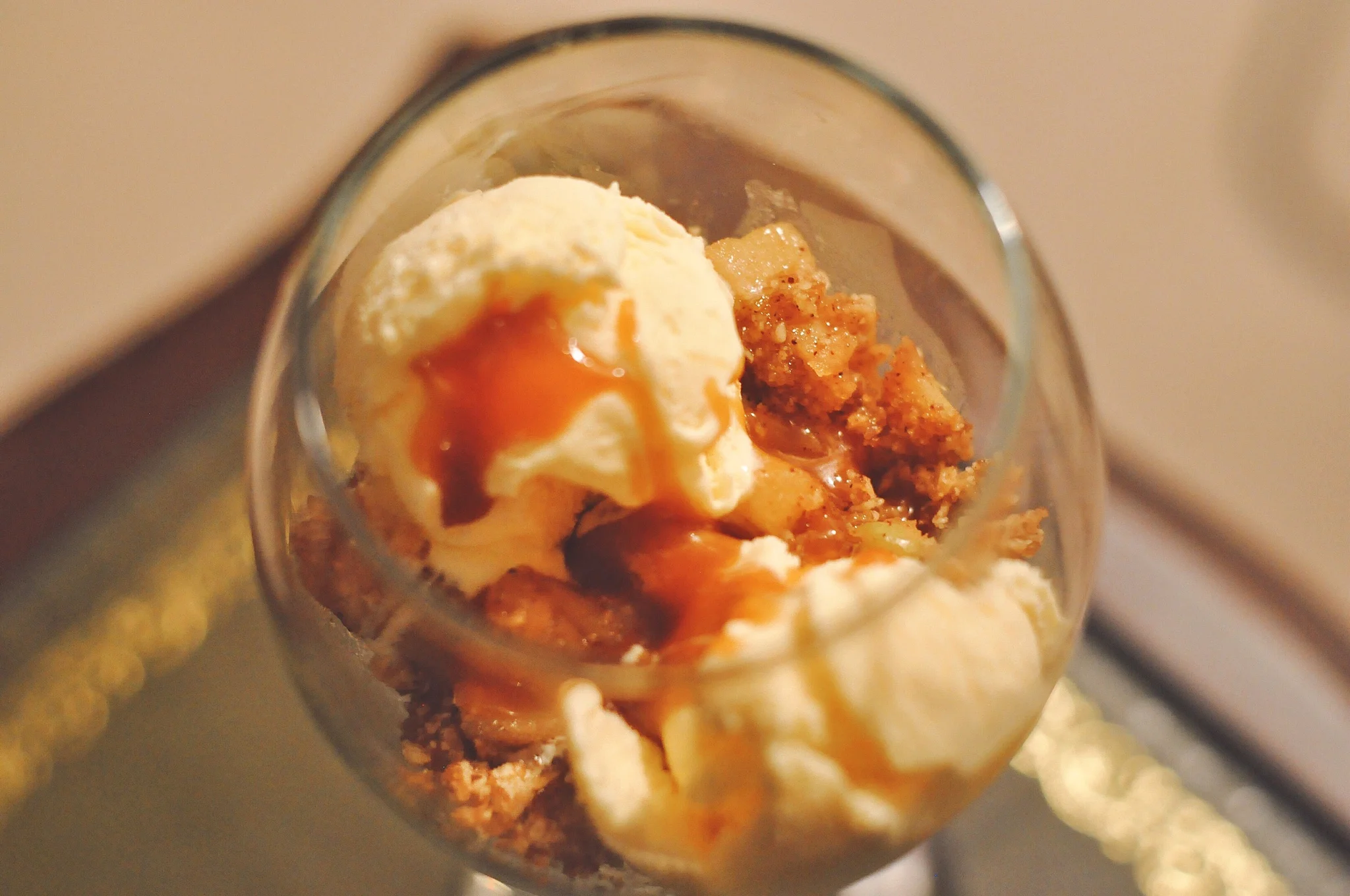Kimchi bokkeumbap
I love Korean food. Well, in the interest of full disclosure, I actually love all things Korean, which my family and friends have always mercilessly teased me about. But hey, there's a lot worth obsessing over. One of the main draws, though, is the food.
Koreans love food. For example, the usual Korean greeting is 'Have you eaten?' and a great compliment to give parents is that their child 'eats well'. Only in South Korea would a phenomenon like mukbang, where food bloggers upload videos of themselves eating and get paid handsomely for the pleasure, exist. Of course, all things in moderation - Koreans are as conscious of appearance as any other culture today. But once you've tried the food, you'll understand. The most common ingredients tend to be sesame, gochujang (red pepper paste), doenjang (soybean paste), soy sauce, garlic, ginger, gochugara (red pepper flakes) and green onions, all of which combine to create really complex, balanced flavours without much work. Don't worry, those of you who can't stomach spicy food. Somehow, though there is often a lovely residual heat, it's not actually spicy. My main girl, Jess, flames over sriracha but has no problems when we go for Korean BBQ.
Kimchi, a traditional fermented vegetable side dish (as well as Korea's national dish), can be made from napa cabbage, radish, scallion or cucumber; I personally like the cabbage kimchi best, whether that's kimchi jeon (pancakes), kimchi jigae (stew) or here, in kimchi bokkeumbap (fried rice). It's ridiculously tasty. It's already heavily seasoned, which makes it a great ingredient to add when you want tons of flavour without having to use too many ingredients.
This is a super quick lunch or supper. Yes, you'll have to visit an Asian grocery store to pick up some kimchi and gochujang, but once you have these in the fridge, everything else is easy. And once you try it, this will be a dish you'll make on the regular.
Kimchi bokkeumbap is incomplete without a fried egg. I was hoping to capture that beautiful moment when you cut into the egg and its golden yolk spills over the rice. Sadly, I'm not eating eggs at the moment and my mum couldn't care less about the aesthetic pleasure of a runny yolk. Nevertheless, YUM. Not pictured here is the seaweed I also like to add to my kimchi bokkeumbap. I buy the little snack packs of crispy seaweed squares and shred them over the rice. It adds another dimension of flavour to this delicious dish. Don't leave it out!
This recipe is from Our Korean Kitchen, which is a really fab, accessible introduction to Korean cooking. Definitely one to add to your cookbook collection.
Kimchi bokkeumbap
Recipe from Our Korean Kitchen. Serves 4.
INGREDIENTS
- 1 tablespoon vegetable oil
- 320g kimchi, chopped into bite-size pieces
- 50ml kimchi juice
- 2 tablespoons gochujang paste
- 4 teaspoons soy sauce
- 600g cooked short-grain white rice*
- 3 teaspoons roasted sesame oil
- 4 eggs
- 5 spring onions, finely chopped
- 2 teaspoons toasted sesame seeds
- 1 sheet of roasted crispy seaweed, shredded
METHOD
Heat the oil in a large pan over a medium-hot flame. Add the kimchi and stir-fry for 3 minutes until it begins to caramelise. In a bowl, mix the kimchi juice, gochujang and soy sauce, and then add them into the pan with the rice. Mix everything until well-combined, turn the heat down to medium-low and fry for another 3 minutes to seal in all the flavours, then stir in the sesame oil and spring onions.
Serve each bowl of bokkeumbap with a sprinkle of sesame seeds and shredded seaweed, and top with a fried egg (however you like yours). Enjoy!
Notes: Never use fresh or hot rice for fried rice. Day-old rice that you've kept in the fridge is the best but at least make sure your rice has fully cooled before you use it, it's the only way to prevent soggy fried rice. Do use short-grain rice if you can. I sadly used regular Basmati rice this time as my local Asian store only had 10kg bags of short-grain rice, which I didn't fancy explaining to my mum.




